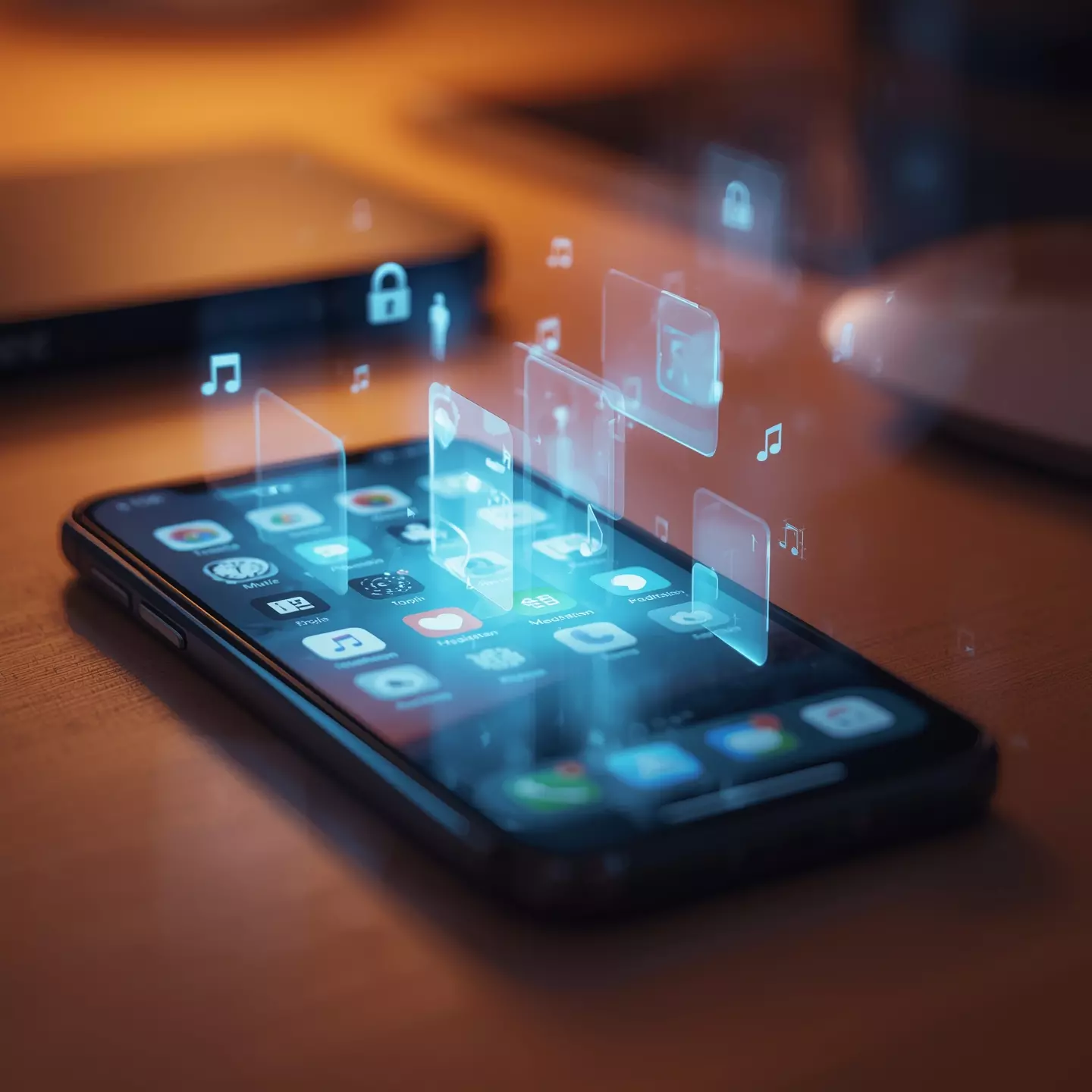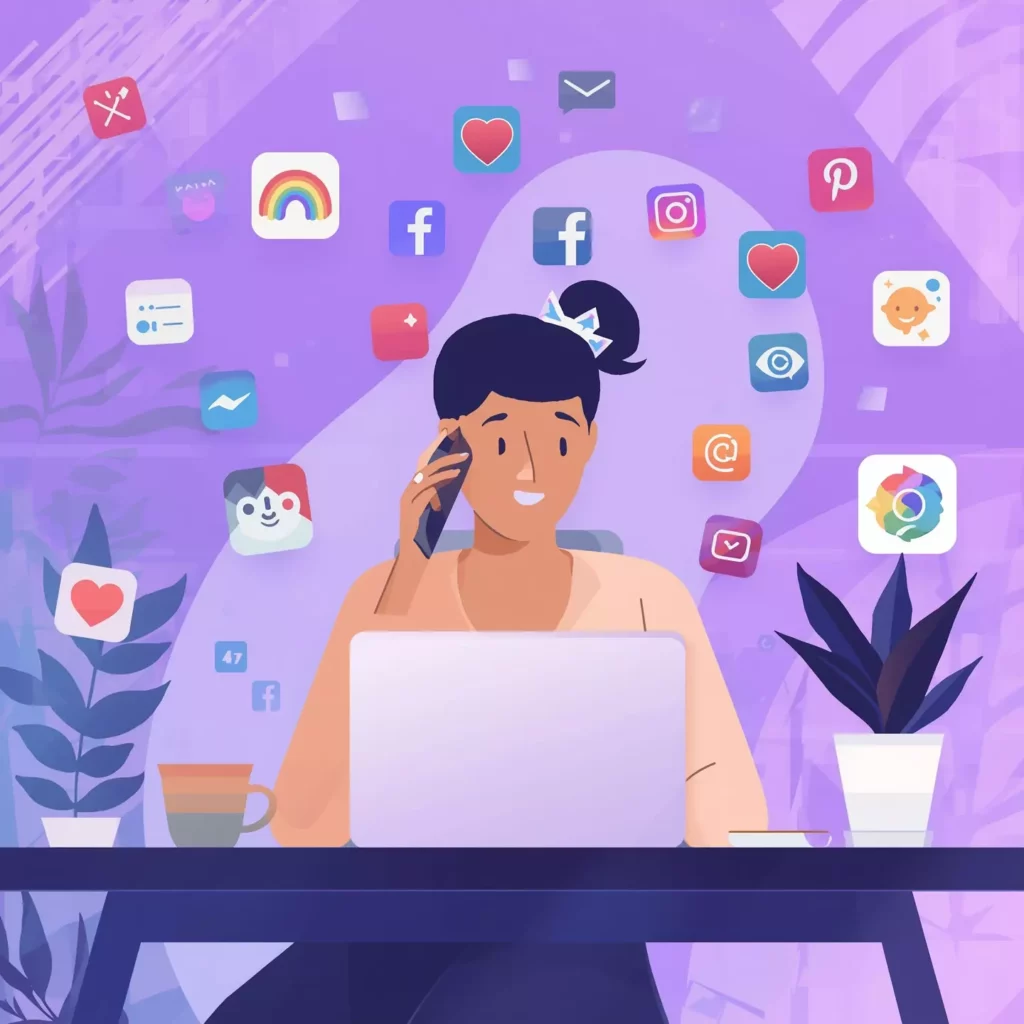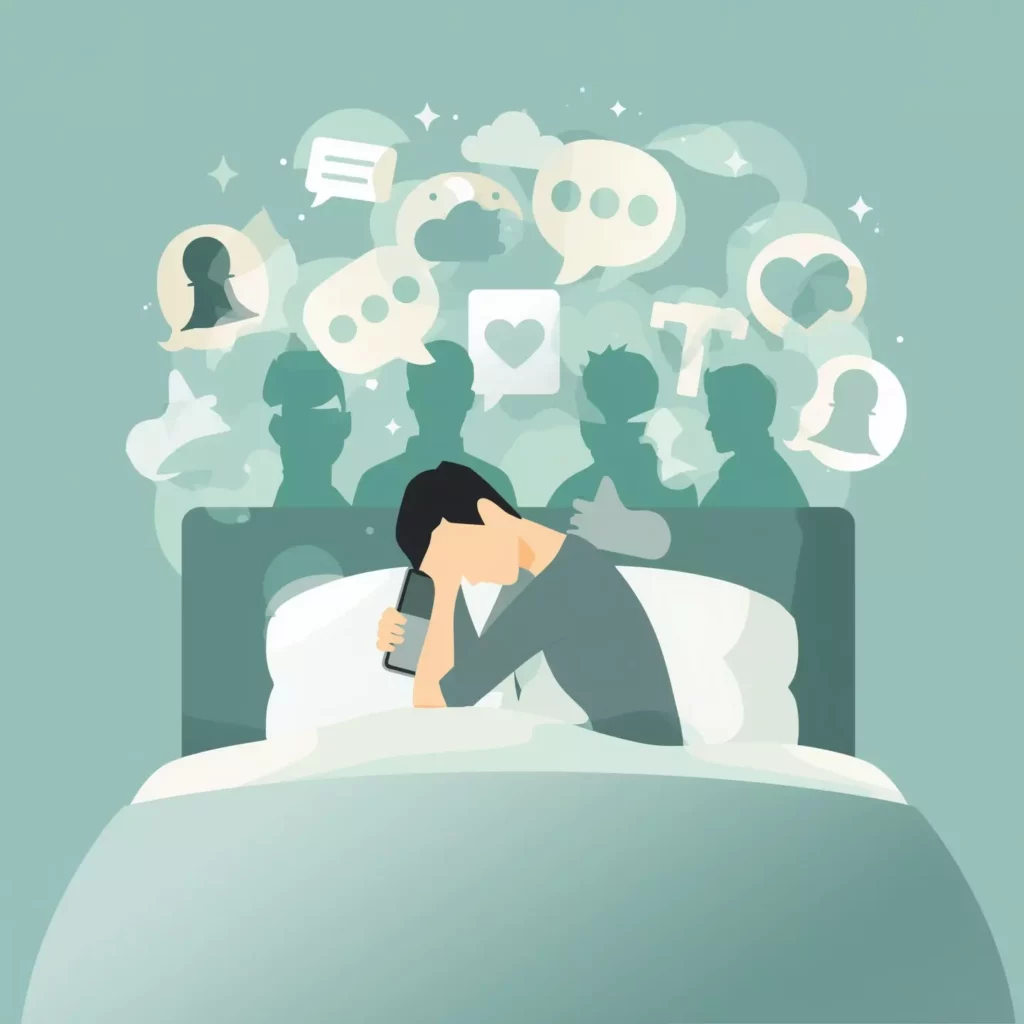Table of Contents
There’s a moment after a breakup when the phone feels heavier than usual. Not because of the glass and metal in your hand, but because of what it holds: the temptation to check if she texted, the sting of scrolling through her feed, the endless scroll that numbs you instead of heals you. You tell yourself you’ll be strong, that you won’t look—but resisting every single urge feels like fighting gravity. That’s why a phone detox for men works best when it’s built on strategy, not sheer willpower.
Healing doesn’t come from white-knuckling your way through digital temptation. It comes from making your phone less of a battlefield in the first place.
That’s where focus modes and friction hacks come in. They’re not about weakness—they’re about strategy. And strategy is what lets you walk forward without getting pulled back into the loop.
Problem A: Fighting temptation with willpower alone is exhausting
When you rely only on discipline, every notification, every urge to check, feels like a test you have to pass. After a breakup, your energy is already stretched thin—grief, self-doubt, and loneliness take enough of a toll.
Research shows that harsh abstinence isn’t the most effective path anyway. In one study, people who simply limited social media to 30 minutes per day—not cut it out entirely—saw:
- Better sleep
- Lower stress
- Higher life satisfaction
This isn’t about quitting cold turkey. It’s about giving yourself space to breathe. Moderation, done with intention, helps you heal without adding another layer of pressure.

Problem B: The phone pulls you back in before you even realize it
Maybe you open Instagram “just for a second” and 40 minutes disappear. Or you check WhatsApp out of habit, not because there’s anything you actually need. That’s not a lack of discipline—it’s design. These apps are built to be sticky, to hook you before you even notice what’s happening.
Friction hacks flip that script.
- Tiny barriers (extra taps, hidden shortcuts, delayed launches)
- Reduced usage by 15%+ in studies
- Felt easier to stick with than harsh lockouts
Think of it like putting your favorite snacks on the top shelf: they’re still there if you really want them, but the extra effort gives you time to ask, “Do I actually need this right now?”

No Contact Isn’t a Game – It’s a Healing Strategy
Let’s examine the No Contact strategy in: Science & Psychology, Planning it, Digital Hygiene, Relapses-Cravings & Crashes, Special Cases & Exceptions… and Signs that it’s working +What comes next.
Tap here to read more →That pause can save you from spiraling back into old wounds.

Problem C: Focus modes and phone detox for men
Maybe you’ve tried turning on Do Not Disturb or setting up a Focus Mode, but it felt like a band-aid. That’s because focus modes only work when they’re connected to purpose.
In one study, people who built self-efficacy—confidence in their own ability to use the phone with intention—actually reduced compulsive checking and felt more in control.
Here’s the shift:
- Use focus modes as signals, not blocks.
- Set one for “Workout” where only your playlist app works.
- Set one for “Sleep” where the only notification allowed is your alarm.
Suddenly, your phone becomes an ally in structure, not a thief of attention. Each mode reminds you: this moment has a purpose, and I get to choose it.
The Healing Takeaway
Breakups already demand so much of your heart. You don’t need your phone making it harder. By setting realistic limits, adding a little friction, and using focus modes as anchors for your goals, you build digital armor that doesn’t choke you—it protects you.
Healing isn’t about cutting yourself off from the world. It’s about shaping your world so it supports who you’re becoming, not who you’re trying to let go of.
And maybe one day, when the weight of the phone feels lighter again, you’ll realize: it wasn’t about resisting—it was about reclaiming.
FAQ
Q1. What is a phone detox for men after a breakup?
A phone detox for men is a strategy to reduce digital overwhelm and emotional triggers after a breakup. It uses focus modes and friction hacks to create healthy boundaries instead of relying only on willpower.
Q2. How do focus modes help during a phone detox?
Focus modes filter notifications and limit access to distracting apps. When tied to specific goals like ‘Workout’ or ‘Sleep,’ they transform the phone from a distraction into a supportive tool.
Q3. What are friction hacks and why do they work?
Friction hacks are small barriers you add to your phone use—like extra taps or hidden shortcuts—to interrupt impulsive checking. Research shows they reduce screen time without making you feel deprived.
Q4. Can I heal faster from a breakup by trying a phone detox?
Yes, studies show that intentional digital hygiene improves sleep, lowers stress, and increases life satisfaction. A phone detox helps create a controlled environment for emotional recovery.
Scientific Sources
-
Coyne, P. et al. (2023): The Effects of Partaking in a Two-Week Social Media Digital Detox Improved Smartphone and Social Media Addiction, Sleep, Satisfaction with Life, Stress, Perceived Wellness, and Supportive Relationships
Key Finding: A two-week detox with 30-min daily limits improved smartphone addiction, sleep, stress, life satisfaction, wellness, and relationships.
Why Relevant: Shows that structured detox with moderation, not total abstinence, can help men heal after breakups without white-knuckling.
https://pmc.ncbi.nlm.nih.gov/articles/PMC10740995/ -
Lu, Tao; Zheng, Hongxiao; Zhang, Tianying; Xu, Xuhai; Guo, Anhong (2024): InteractOut: Leveraging Interaction Proxies as Input Manipulation Strategies for Reducing Smartphone Overuse
Key Finding: Implicit input manipulations (friction hacks) reduced usage time by 15.6% and opening frequency by 16.5% with higher acceptance than lockouts.
Why Relevant: Backs the strategy of friction hacks as sustainable tools for men to resist compulsive phone use after breakups.
https://arxiv.org/abs/2401.16668 -
Keller, J. et al. (2021): A Mobile Intervention for Self-Efficacious and Goal-Directed Smartphone Use
Key Finding: Self-efficacy and planning reduced daily unlocks, unlock frequency, and problematic phone use in a randomized trial.
Why Relevant: Supports the role of focus modes and intentional phone use as ‘tech armor’ during breakup healing.
https://mhealth.jmir.org/2021/11/e26397
- Work-Related Contact After Breakup: Neutral Templates for Stress-Free Replies

- Email and Calendar Filters for Breakups: Smart Digital Hygiene That Protects Your Healing

- Digital Hygiene After Breakup: Block, Mute, Restrict — A Healing Decision Tree That Works

- Queer Digital Hygiene: Rebuild Your Feed From Triggers to Affirming Content in 7 Days

- Transgender Digital Hygiene: Protecting Identity, Deadnaming, and Healing Through Archives

- Lesbian Women & Digital Hygiene: How to Avoid Echo Chambers on Instagram & TikTok

- Gay Men & No Contact: The Best Dating App Strategy to Heal Fast

- Women & Digital Hygiene After a Breakup: Powerful Week One Algorithm Rewiring

- Phone Detox for Men: Powerful Focus Modes & Friction Hacks to Heal Faster


Leave a Reply